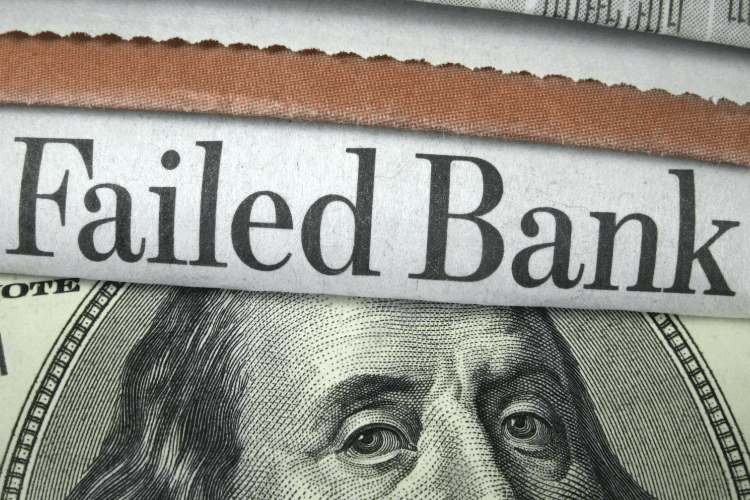How to Marie Kondo Your Budget

Marie Kondo has a #1 New York Times bestseller and a hit Netflix series that revolve around her simple philosophy for life: tidy up to spark joy. Kondo’s methodical, organized approach to life emphasizes mindfulness and careful thought, and it is much more than a simple home improvement plan. Actually, Kondo’s philosophy can not only help you clean your home but also get your finances in order.
Here are a few ways you can apply the principles of Tidying Up to your budget and start finding joy from your money in no time.
Tackle Your Financial Goals
When you’re planning your budget, one of the first steps should be considering your long- and short-term financial goals. You can then refocus your spending habits to ensure that you hit those goals, giving you concrete benchmarks that show your budgeting progress.
For instance, you may want to take a family vacation in the winter but stay on track with your retirement plan. By identifying and planning for your goals ahead of time, you can make your budget work for you more easily.
If you’re not on pace to hit your goals, it’s time to spend and save smarter. If you have enough money saved up and can book your vacation then your budget is definitely sparking joy.
Categorize and Prioritize
Before you even look at the money you earn and spend each month, break down your spending into categories. Think of the various things you purchase each month, and rank them in terms of priority. List the 10 areas you think you spend the most – groceries, bills, take out, etc – and start ranking.
Then get into the nitty-gritty of your spending history. See how much you spent on each category in the last month, and see if the spending roughly aligns with how high of a priority that thing is. If you’re a parent and you prioritize groceries over dining out but spent more at restaurants than the store last month, you can easily pinpoint a spot to save. It can be a tedious process, but it’ll help you cut out unnecessary spending down the road.
Discard Negative Spending Habits
Kondo’s entire thesis revolves around getting rid of things that don’t “spark joy” in your life, and that can apply to how you spend money too. While categorizing your spending can help you save, getting rid of bad habits takes a little more mental work.
Let’s say you struggle with impulse buying and can’t help yourself from online shopping for certain items. Identifying that you’re overspending is one thing, but rethinking why and how you spend that money is something entirely different. Try to be mindful before making any purchase.
One trick I often use if I’m about to buy something impulsively is bookmarking the page and coming back later in the day. If I still feel I need the item, I’ll buy it. More often than not, however, I reconsider and decide to keep the money instead.
Tidy Up Paperwork
Kondo’s philosophy around paperwork is pretty simple. If you absolutely need it, keep it. If you don’t, toss it in the trash. This works with financial paperwork too, as long as you do your due diligence sorting everything.
Bills, insurance information and tax documents are all examples of things that should be saved and categorized. You should also have a separate folder or drawer for each different type of document to reduce clutter and make finding things easier.
Solicitations, junk mail and any other of the hundreds of papers floating around your house that you don’t need should go right in the garbage. Sorting through paperwork is tedious, but it’s one of the most tangible ways to tidy up your financial life.
Learn how to save now and retire early: Financial Independence Retire Early (FIRE) Explained.









